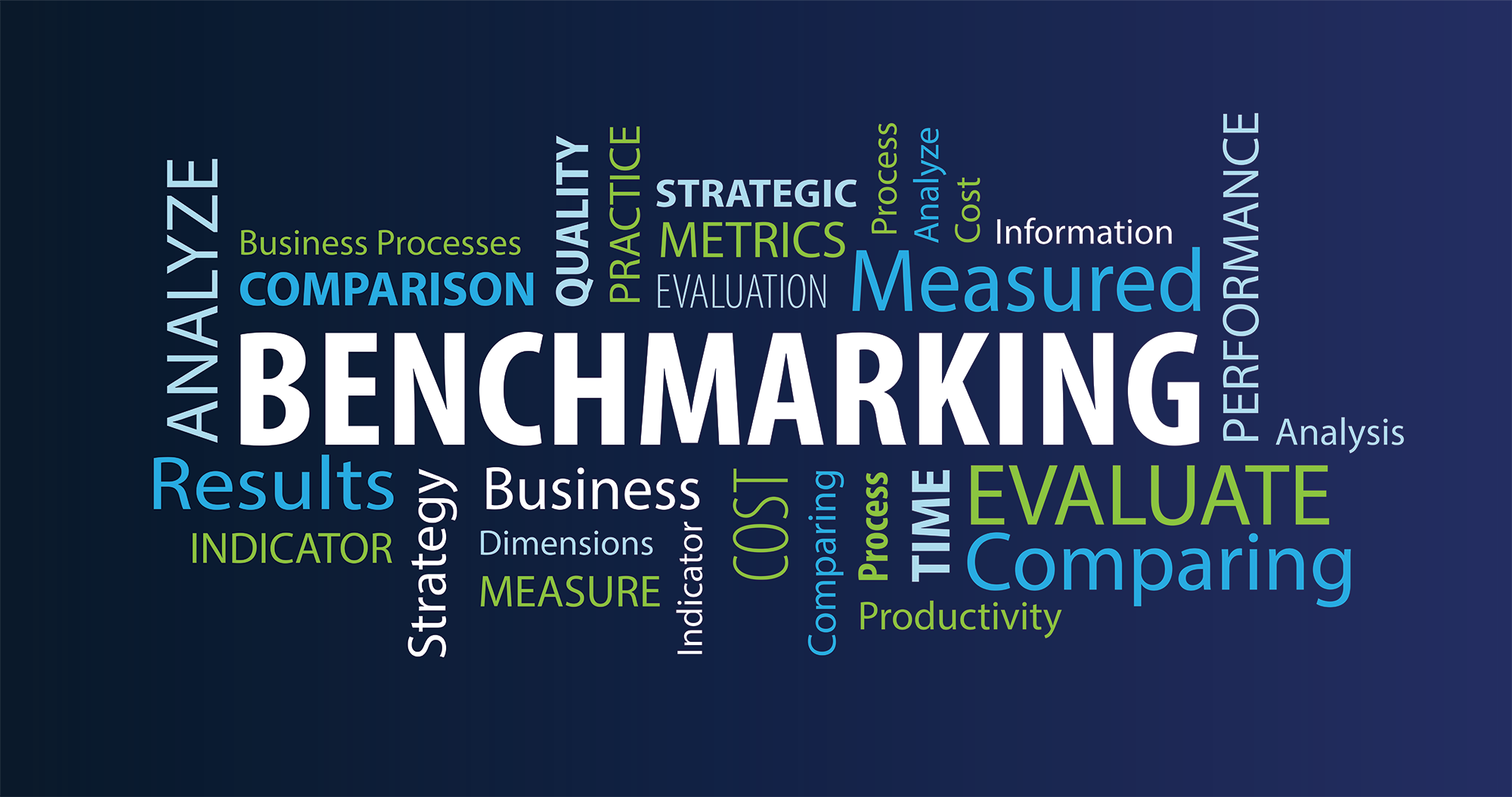
How to Conduct Customer Analysis That Will Double Your Sales: A Practical Guide
In this practical guile you’ll learn step by step how to conduct an effective customer analysis that can double your sales. From creating detailed profiles to applying insights to your campaigns, we’ll show you how to turn data into tangible results.
Consumer behavior reveals far more than simple purchasing patterns. When we perform proper customer data analysis, we can identify opportunities that transform our sales strategy. As experts point out, the best salespeople aren’t those who know their product the most, but those who deeply understand who they’re selling to.
Define Your Ideal Customer
The first step in effective customer analysis is defining exactly who you want to reach. To double your sales, it’s not enough to have a general idea of your target market—you need to know your ideal customer with a level of detail that lets you anticipate their needs and speak directly to their concerns.
A deep customer analysis starts by identifying exactly who that person is—the one who will derive the most value from your product or service. The ideal customer isn’t just anyone who buys from you, but the most profitable, most engaged, and easiest-to-attract profile with targeted campaigns.
Create a Detailed Profile or Buyer Persona
The buyer persona is a semi-fictional representation of your ideal customer, based on market research and real data from your existing customers. Unlike traditional target audiences, which are limited to basic traits like age or location, the buyer persona goes much further, creating a detailed portrait that humanizes your potential customers.
To develop this detailed profile, you need to gather demographic information (age, gender, location) as well as psychographic and behavioral data. This includes:
- Professional information: Occupation, industry, income level
- Online behavior: Social media usage, digital consumption habits
- Preferences and habits: Interests, hobbies, personal values
A good buyer persona should be so well-defined that you can visualize them as a real person. That’s why it’s recommended to give them a name, an image, and a backstory that represents their characteristics.

Avoid Stereotypes and Use Real Data
One of the most common mistakes in customer behavior analysis is basing profiles on generalized assumptions or stereotypes. This can lead to a reductive view that boxes consumers into rigid categories that don’t reflect their true diversity.
To avoid this problem, ground your buyer persona in concrete data:
- Interview your best current customers to understand their common traits
- Analyze CRM and social media data to identify patterns
- Use surveys and website forms to capture key information
- Review purchasing behavior on your platform
Effective buyer personas must be based on real data, not assumptions. In fact, studies show that when profiles rely on stereotypes, they can lead to ineffective communication, resulting in misguided marketing strategies.
Include Motivations, Fears, and Values
For your customer data analysis to truly impact sales, you must go beyond demographics and dig into the psychological factors driving purchasing decisions. These emotional aspects are often the most valuable part of the profile, even if they’re the hardest to identify.
Key questions to develop this dimension include:
- What is their primary need or interest in life?
- What are their biggest concerns or pain points?
- What scares or frustrates them?
- What are their desires and ambitions?
- What values are important to them?
These motivations and values will help you understand why your ideal customer would decide to buy your product. A detailed study of consumer behavior reveals that purchasing decisions aren’t always based on objective factors like age or income—emotions, beliefs, and personal motivations play a crucial role.
Understanding these psychological aspects will let you craft messages that resonate emotionally, develop products that truly solve their problems, and create marketing strategies that align with their deepest values.
Analyze Consumer Behavior
Understanding consumer behavior is essential for any successful sales strategy. It’s not just about knowing who your customer is, but also how they act, what motivates them, and how they interact with your brand. Consumer behavior analysis lets you examine their actions and triggers at every touchpoint.
An effective customer analysis goes beyond demographics to explore the behavioral patterns that directly influence purchasing decisions. According to marketing experts, understanding these patterns can increase sales opportunities and significantly improve campaign performance.
Identify Purchasing and Usage Habits
Purchasing habits are the tendencies consumers follow when buying products and services in their daily lives. These patterns reveal valuable insights into their preferences, needs, and demands. In today’s market, we can identify five main types of purchasing behavior:
- Complex behavior: Occurs when a customer buys an expensive product. Here, the consumer spends time researching before committing to a major investment.
- Variety-seeking: Happens when a customer who usually buys the same product decides to try something different. This behavior reflects openness to new options, often influenced by ads or recommendations.
- Dissonance-reducing: Some customers worry about regretting their decisions. These consumers are highly involved in the purchasing process and often compare multiple products before deciding.
- Habitual buying: The easiest behavior to track. These customers put little thought into their purchases and follow a regular pattern, with a positive outlook on what they’re using.
- Impulsive buying: Impulsive buyers don’t research. They make random purchases influenced by slogans, logos, or celebrity endorsements.
By identifying these patterns, you can tailor your strategies for each behavior type. For example, providing detailed, comparative information can help customers with complex behavior make decisions.
Distinguish Between Current and Desired Behavior
A key part of customer analysis is understanding the gap between the consumer’s actual and desired state. The actual state represents how a person is currently being served, while the desired state reflects how they wish that need were fulfilled.
This gap can arise in two main ways:
- Recognition of a need: Occurs when the quality of the actual state declines—because a product runs out, doesn’t meet their needs, or new needs emerge.
- Recognition of an opportunity: Happens when the consumer is exposed to different or higher-quality products, shifting their desired state.
As a business, you can influence both the actual and desired states. Marketing strategies can alter the desired state by highlighting the potential benefits of acquiring a specific product from your brand. In fact, customer behavior analysis lets you identify these opportunities to position your product as the ideal solution bridging the gap between the two states.
Assess Brand Engagement Levels
Customer engagement is the degree of interaction and emotional connection consumers have with a brand. This factor is crucial because engaged customers tend to be more loyal and make repeat purchases more often.
To evaluate engagement, consider these key metrics:
- Recency: Time since the customer’s last visit or interaction.
- Frequency: How often they interact with your brand (website visits, purchases).
- Duration: Time spent engaging with your content or in your store.
- Virality: How often they share your content or recommend you.
- Sentiment: Opinions expressed about your brand and services.
Consumer behavior analysis gives you the tools to deeply understand your customers, anticipate their needs, and develop strategies that not only drive sales but also foster long-term loyalty and engagement.
Gather Data from Multiple Sources
To conduct a complete customer analysis, we need accurate and abundant information. Data is scattered across the digital and business ecosystem—from CRM systems to social media and market research. Integrating multiple data sources is key to gaining a 360-degree view of your customers.
The richness of an effective analysis lies in the diversity of its sources. Experts say that by integrating data from different origins, organizations can make truly informed decisions, driving innovation and staying ahead of competitors.
First-Party Data: CRM, Social Media
First-party data is any information you collect directly from your customers. This is particularly valuable because it represents direct contact between users and your organization.
Key sources of first-party data include:
- CRM systems: Contain communication records, sales data, and customer onboarding dates. A CRM lets you track the entire customer journey.
- Social media: Lets you analyze how your audience interacts with your brand, monitoring product conversations and customer sentiment.
- Website: Web analytics provide insights into browsing behavior, pages visited, and time spent.
- Online/offline sales points: Record purchase patterns, frequency, and transaction values.
These sources are critical because, as one study shows, 75% of organizations consider data a key strategic asset. Additionally, integrating CRM with social media transforms a basic contact management tool into a dynamic system capturing real-time interactions.

Second-Party Data: Strategic Partnerships
Second-party data comes from another organization with which you have a direct agreement. Unlike third-party data, this comes from a trusted partner, ensuring accuracy and reliability.
Strategic partnerships are business agreements that help achieve a mutually beneficial goal. Instead of rigid contracts, these alliances allow sharing valuable customer and behavioral insights.
For example, a retailer might partner with a popular online brand to exchange customer data. The store gains online behavior insights, while the brand acquires offline purchase data.
Benefits of second-party data include:
- Enhanced audience insights
- High data quality (more precise and reliable)
- Cost-effective compared to third-party data
- Strengthened business relationships
To establish these partnerships, trust is crucial. As one expert notes: "Don’t rely on contracts—those always have clauses where one side is stronger. They need to see you as a true strategic partner."
Third-Party Data: Market Research
Third-party data is collected by external entities with no direct relationship to your customers. This comes from sources like data brokers, identity solution providers, and data exchanges.
Market research is a rich source of third-party data that helps:
- Identify growth opportunities
- Better understand competitors
- Track industry trends
- Validate business hypotheses
To ensure third-party data reliability, verify the source’s reputation, examine their methodology, and cross-check with other credible sources.
Integrating these three data types removes manual barriers and uncovers hidden customer insights. This boosts both your team’s capabilities and efficiency, driving innovation. High-quality data also paves the way for a culture of precise insights that can double your sales through effective customer analysis.
Map the Customer Journey
Once you’ve gathered customer data, the next critical step is mapping their entire journey. The customer journey map is a visual representation of every interaction a customer has with your brand—from first contact to post-purchase.
This map lets you step into your customers’ shoes and view your business from their perspective, enabling better decisions to improve their experience. This tool not only reveals growth opportunities but also identifies obstacles holding back your sales.
Identify Key Touchpoints
Touchpoints are every interaction a customer has with your brand throughout their journey. To identify them correctly, you should:
- List all possible interactions
- Classify them as pre-purchase, during purchase, or post-purchase
- Assess their importance in the decision-making process
Common touchpoints include:
- Pre-purchase: Social media, reviews, ads, website, recommendations
- During purchase: Physical/online store, transaction emails, sales staff
- Post-purchase: Billing, customer service, loyalty programs
These touchpoints should be constantly evaluated, as they represent opportunities to meet customer needs at every stage.
Detect Frictions and Opportunities
After identifying touchpoints, the next step in customer behavior analysis is finding conversion obstacles. Customer journey tools help you:
- Identify bottlenecks and friction points
- Pinpoint where customers drop off
- Evaluate which customer segments face the most issues
This analysis also uncovers improvement opportunities. For example, a detailed study might show certain touchpoints generate more positive interactions, letting you optimize them for higher conversion.
Visualize the Full Customer Journey
To maximize this analysis, visualize the entire journey holistically. Best practices include:
- Creating a visual map of all journey stages
- Including customer emotions and experiences at each stage
- Using flow visualizations and cohort analysis
An effective map should represent the end-to-end journey, serving as a roadmap for marketing, sales, and product decisions. It should also be regularly updated, as customer behaviors and expectations evolve.
Thus, customer journey mapping isn’t a one-time exercise but an ongoing process that uncovers opportunities, solves problems, and—ultimately—doubles your sales through an optimized customer experience.
Apply Insights to Your Campaigns
After understanding your customer and analyzing their behavior, it’s time for the decisive step: applying these insights to your marketing strategies. Data isn’t useful if it sits unused—its true value emerges when you turn it into effective campaigns.
Segment Audiences by Behavior
Behavioral segmentation focuses on how people act online—their browsing habits, preferred platforms, and content interactions. Instead of generic messaging, this technique lets you create targeted campaigns for each subgroup.
Segment your audience by:
- Purchase frequency (regular vs. occasional buyers)
- Platform used (mobile, web, physical store)
- Demonstrated interests and preferences
- Stage in the buying journey
Highly segmented campaigns deliver better ROI and conversion rates.
Continuously Evaluate and Adjust
Customer analysis doesn’t end with campaign implementation. An effective approach requires constant evaluation to ensure optimal results and maximize ROI.
Monitor Campaign Results
The obvious way to measure performance is through metrics or KPIs (Key Performance Indicators). These help objectively quantify campaign success. To prioritize relevant insights, classify metrics by business impact using a matrix to identify which need the most attention.
Identify What Works and What Doesn’t
To measure results effectively, analyze both qualitative and quantitative indicators. Conversion rate is especially important, as it shows user actions after reaching your site. Additionally, detailed reports on individual and team performance help identify interaction quality trends over time.
Adapt to Market Changes
Staying informed about market trends, consumer preferences, and competitor activity is essential. Scenario planning lets you anticipate changes and develop proactive strategies. Likewise, foster an organizational culture that embraces flexibility, where employees feel comfortable sharing ideas and adapting to new circumstances.
The real value of customer behavior analysis emerges when you continuously adjust your strategy based on collected data.
Conclusion
Customer analysis is undoubtedly one of the most powerful tools to transform your sales strategy and multiply revenue. Throughout this guide, we’ve covered every critical step to implement an effective analysis that delivers tangible results.
Remember, it all starts with precisely defining your ideal customer. Next, analyzing their behavior helps identify patterns and motivations driving their purchasing decisions. Gathering data from multiple sources enriches your perspective, providing a complete 360-degree view.
Mapping the customer journey, meanwhile, visualizes every brand interaction, revealing both obstacles and opportunities to enhance the experience. After gaining these insights, the decisive step is applying them to campaigns through precise segmentation and personalization.
The key to success, however, lies in continuous evaluation and adjustment. Markets evolve, preferences shift, and we must constantly adapt to maintain a competitive edge. In this process, data becomes our best ally for making informed decisions.
Now you have all the tools to implement a customer analysis that truly impacts your results. Start applying these insights today, and soon you’ll see your sales not just increase—but double—thanks to a deep understanding of the people who matter most: your customers.










